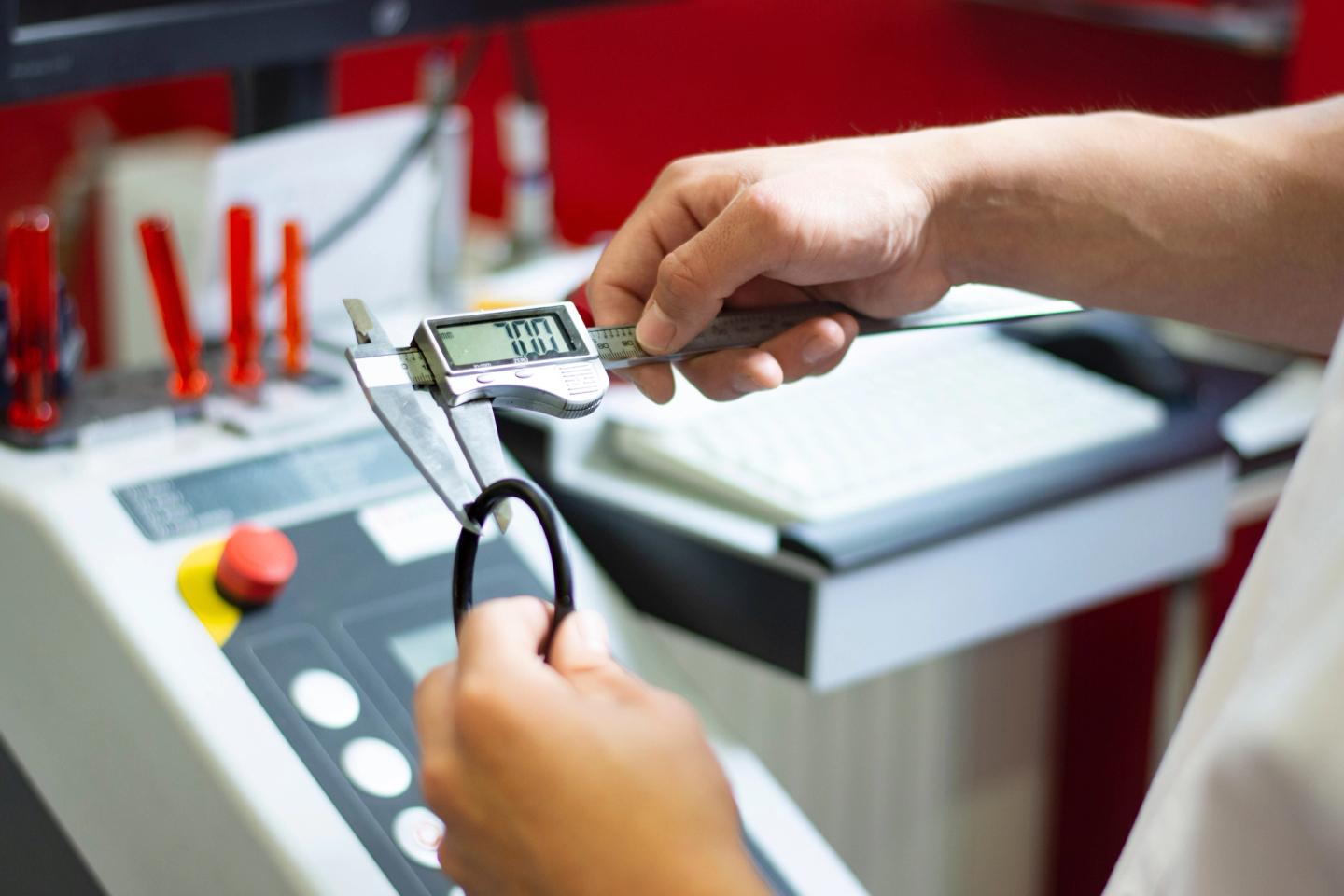All engineers need hand tools to complete tasks with precision and care, and whether you are newly qualified or have been in the trade for years you’ll know that you need to have an essential set of engineering tools that can be used daily for whatever job is at hand.
The types of tools you’ll need will depend on what type of task you are undertaking, and there will likely be some more specialist tools required from time to time, however this list is a guide to the essential engineering tools that are used most frequently.
Calipers
In order to accurately measure the dimensions of a small object you will need a set of calipers, also known as callipers. Mostly used for metalworking, they feature two adjustable jaws that can be moved to spaces inside and outside an item, as well as the depth and step. They also come in handy for measuring oddly shaped objects or those that are in hard-to-reach spaces. You’ll be able to use them for measuring steel tubing, glass panels, and bolt holes.
Screw Extractors & Bolt Grips
This specialist tool has a reverse thread that will extract broken or damaged screws without causing any damage to the thread of the screw. Screw extractors come in many sizes that correspond with screw and bolt sizes so are usually bought as a set that covers those most commonly used.
These incredibly useful tools will come in handy if you come across damaged nuts and bolts or broken screws or studs. They may have been rounded off, painted over, or rusted tight but screw extractors and bolt grips are designed to tackle these scenarios.
Engineer's Squares
Accurate on both the outside and inside edges, an engineer’s square is used to measure angles and the straightness of edges and lines. Ideal if you work in construction, joinery, carpentry, woodworking, or metalworking, they offer greater accuracy than a traditional set square as all parts are made from hardened steel. You can use an engineer square to check the true alignment of edges or planes, square dovetail joints, or for crafting jobs in the workshop.
Punches
Commonly found in mechanical engineering workshops, punches are used to make small indentations into materials such as steel or copper, or on wood.
A centre punch can be used to make a shallow indent ready for a screw or nail to be driven in where the mark is. A drift punch or pin punch is ideal for driving out rivets, bolts and pins. Letter punches can be used to stamp identification marks to metal.
Taps & Dies
Usually bought in sets to cover various sizes you may need, taps and dies are essential tools if you need to add or rethread a screw, nut, or hole. A tap is used to bore internal threads in a hole whereas a die is used to produce external threads on a rod. You’ll need to choose taps and dies made from HSS if you are boring into hard materials like stainless steel. You’ll be able to use taps and dies for tasks including threading a bolt and hole on a brake caliper, or to lengthen the thread on bolts.
Threaded Inserts
These are inserted into holes to provide anchorage for a screw and remain undamaged if the screw is taken out and inserted again multiple times. Threaded inserts are ideal to provide a stronger hold if the material being screwed into is soft such as wood. They come in a wide variety of sizes and most commonly designated with the letter “M” which stands for millimetres, followed by a number to indicate the diameter of the thread.
Gauges
All used as measurement devices, there are a number of different gauges which are useful in engineering. One of the most frequently used is a feeler gauge, which is a set of blades of differing thickness to determine the measurement of a gap between two materials. Whether you are a home mechanic or an engineer by trade these will come in handy and can be used for checking spark plug gaps and set valve clearances.
Micrometers
This tool allows you to take incredibly precise measurements of small materials less than an inch in size. Different micrometers can be used to measure internal or outside dimensions of objects. You can use a micrometer for a wide range of tasks and objects such as checking brake discs, engine valve shims, thickness of wires, or width of a hole.






















































